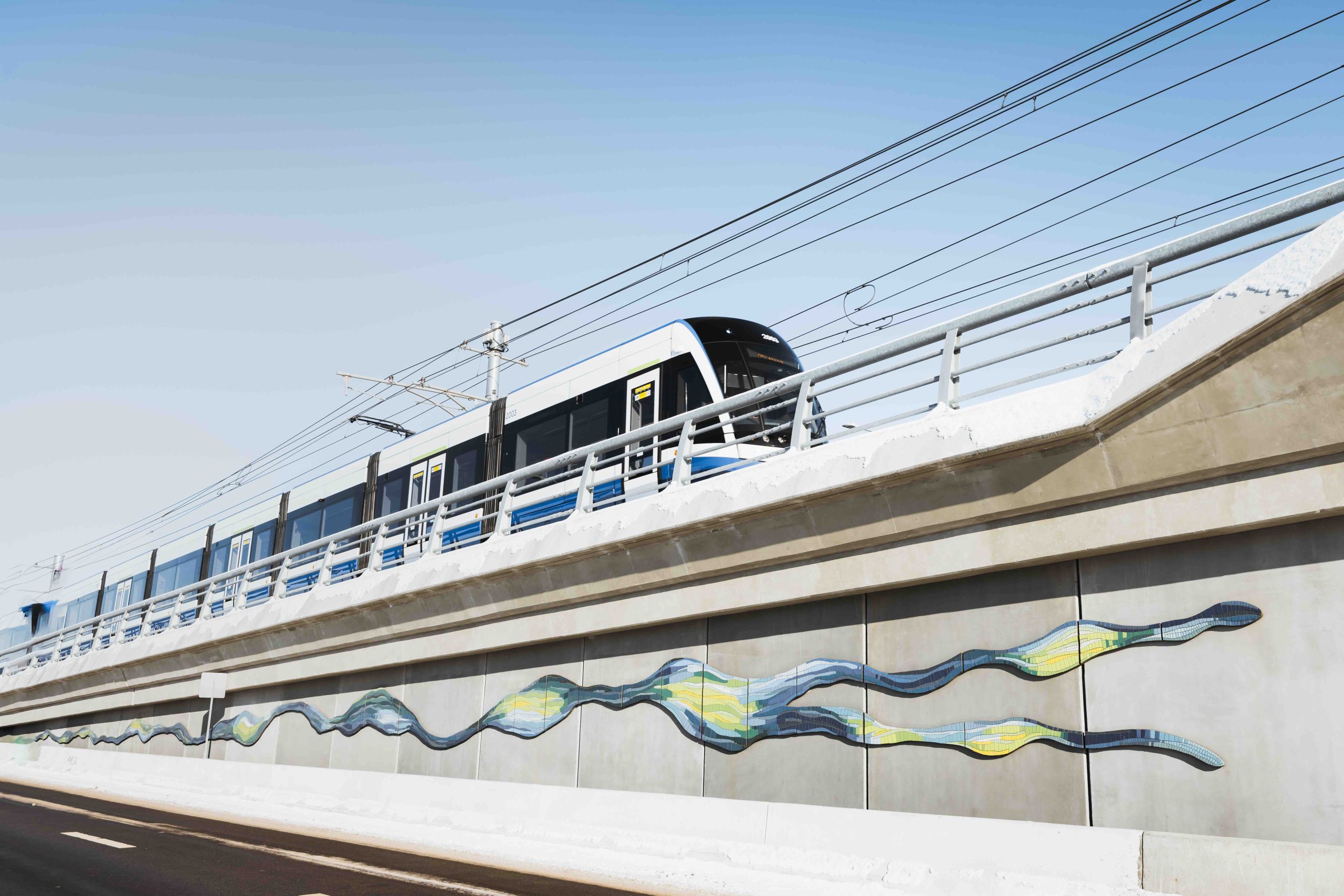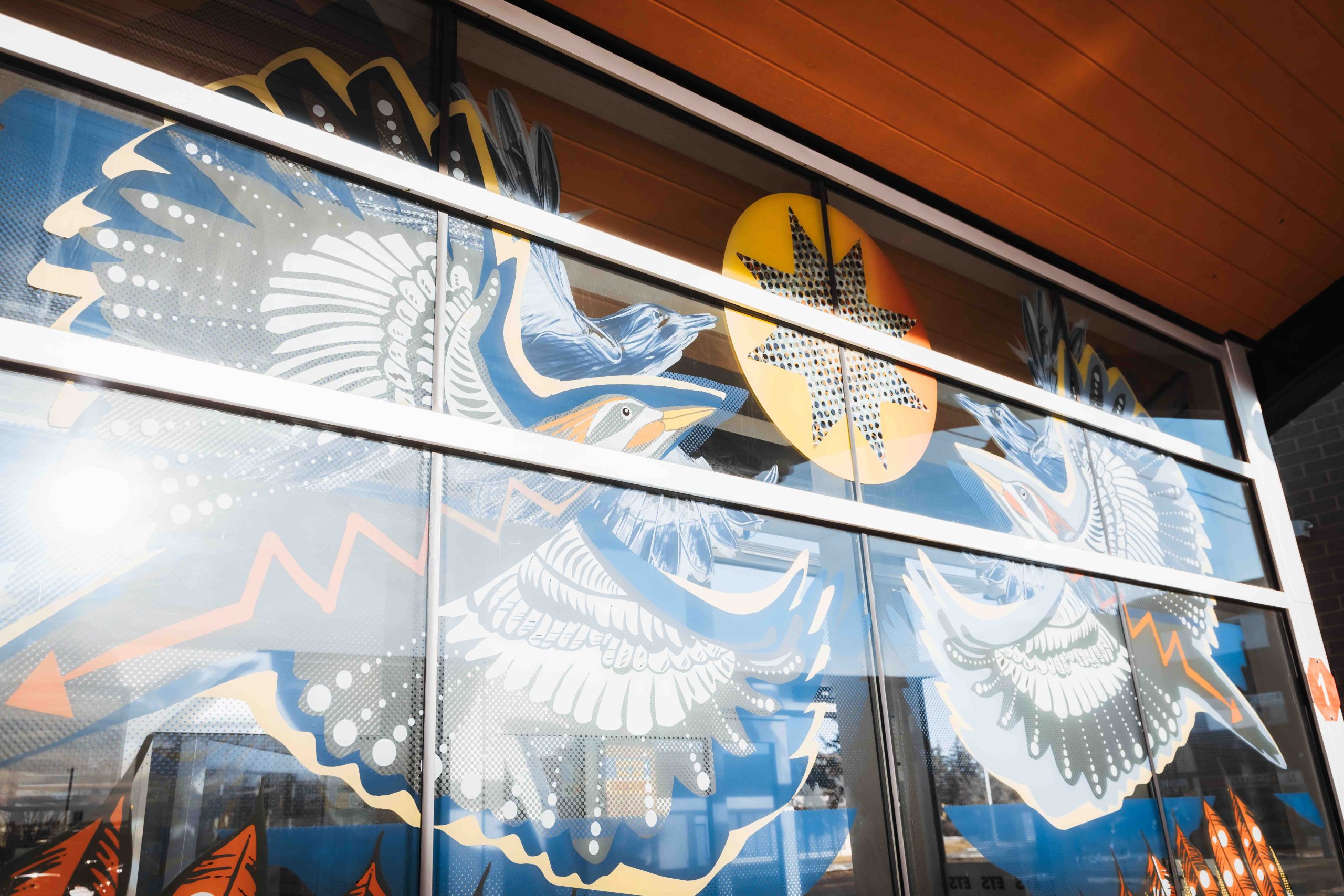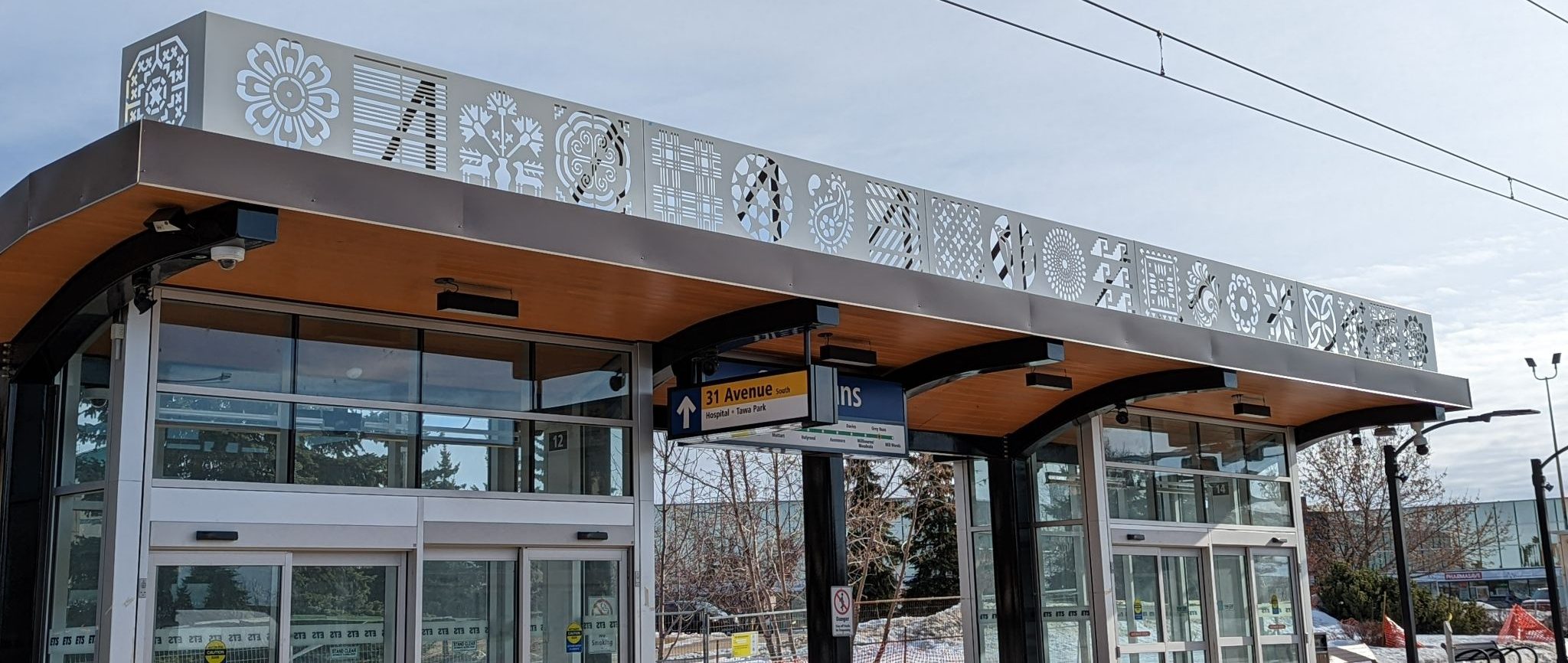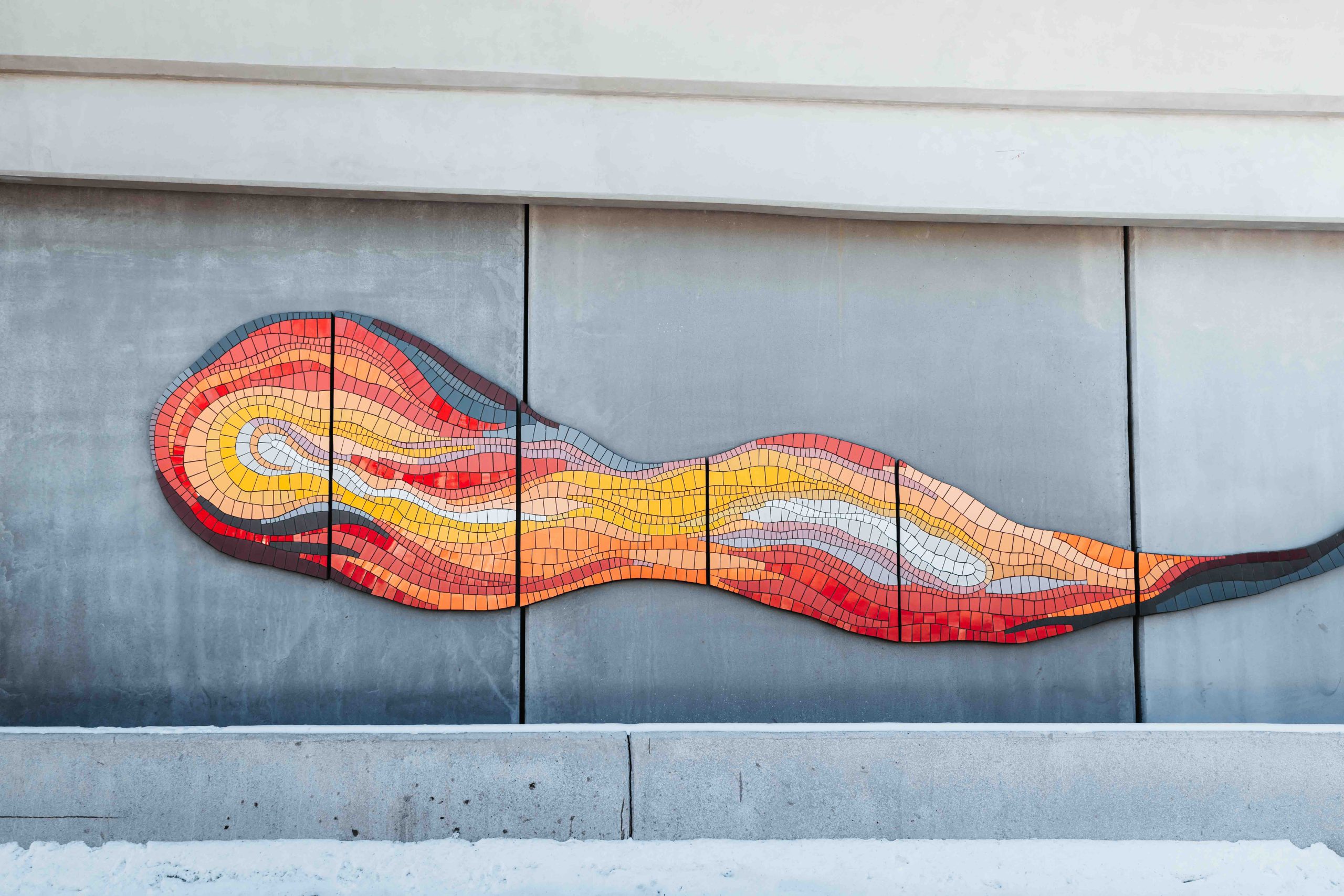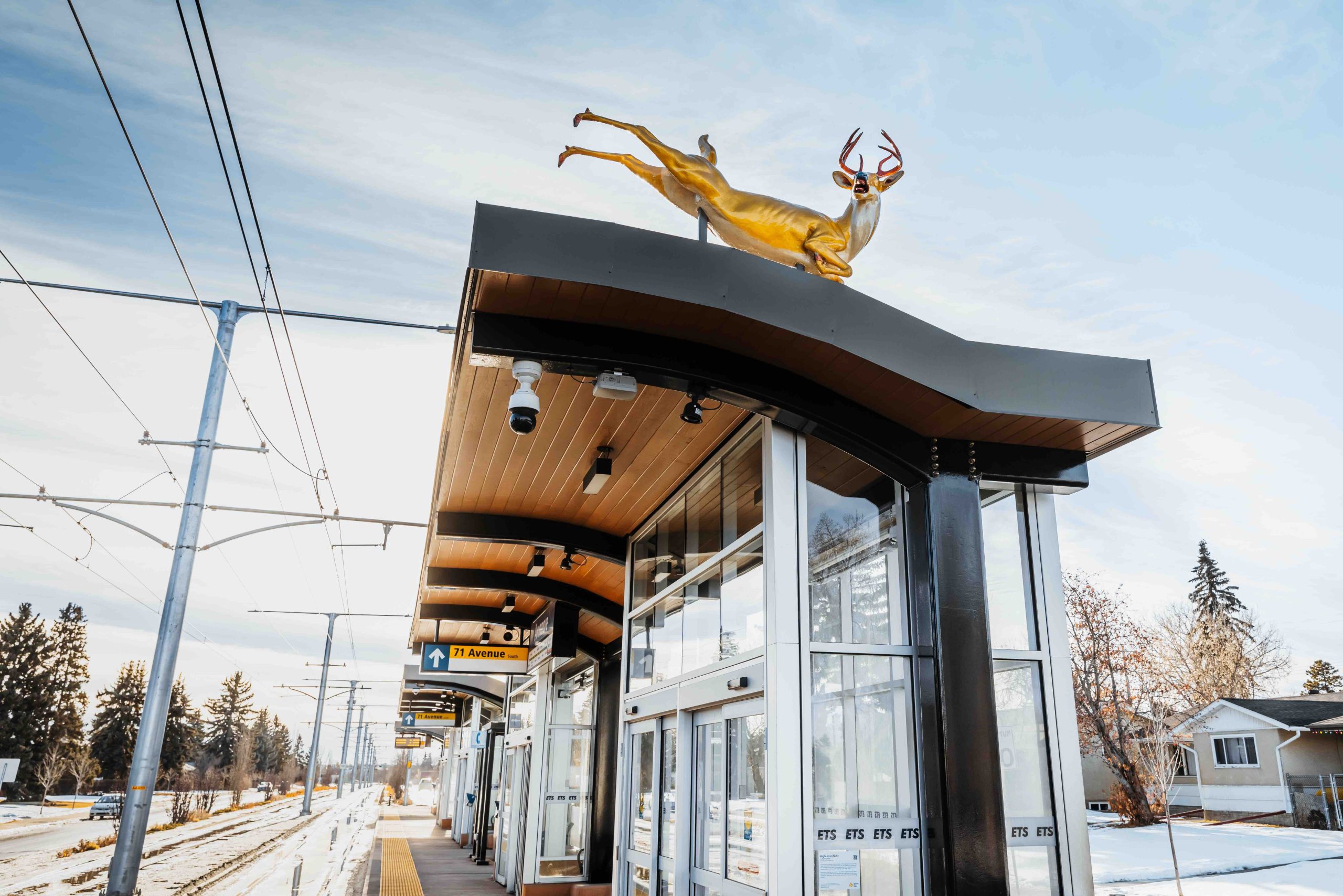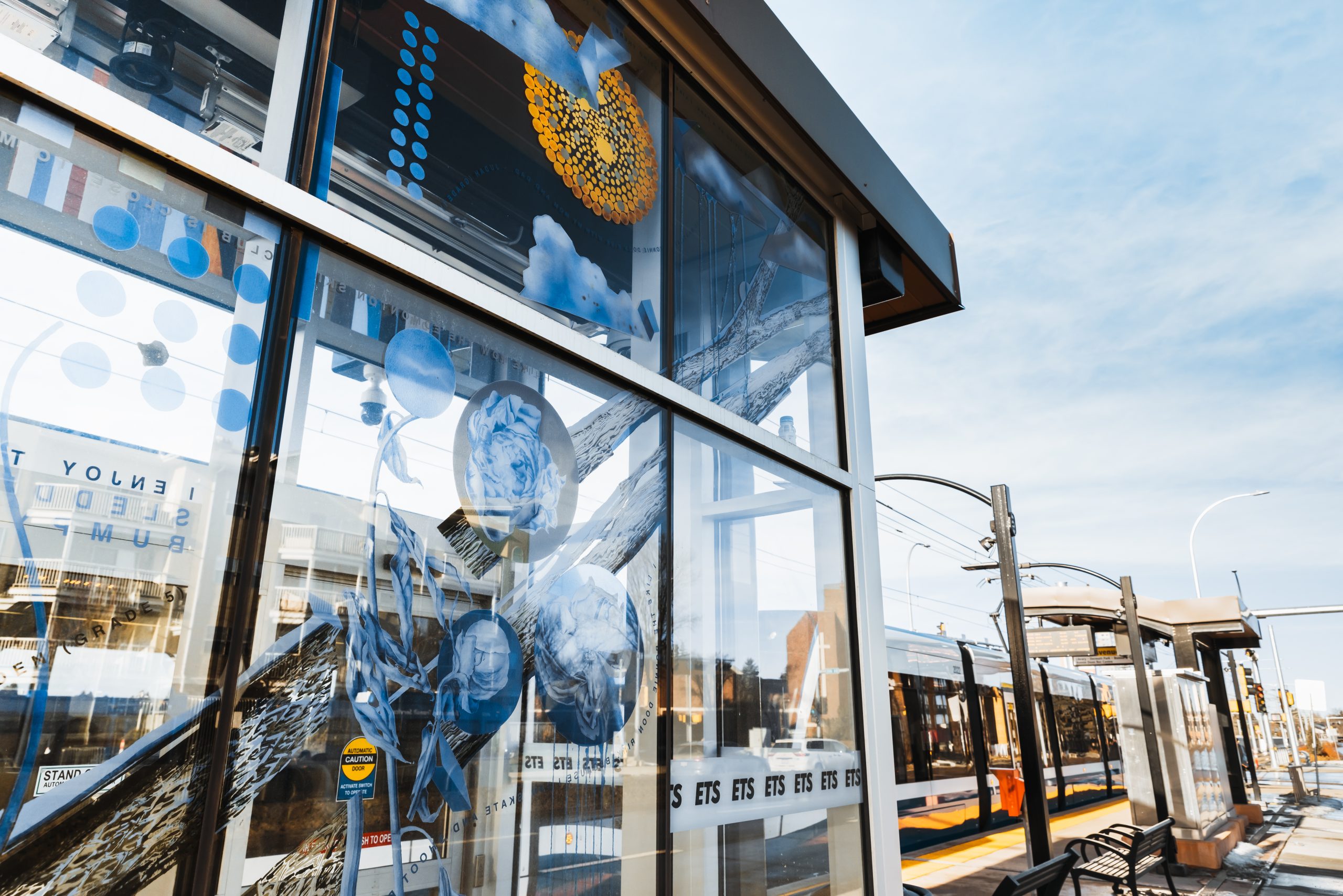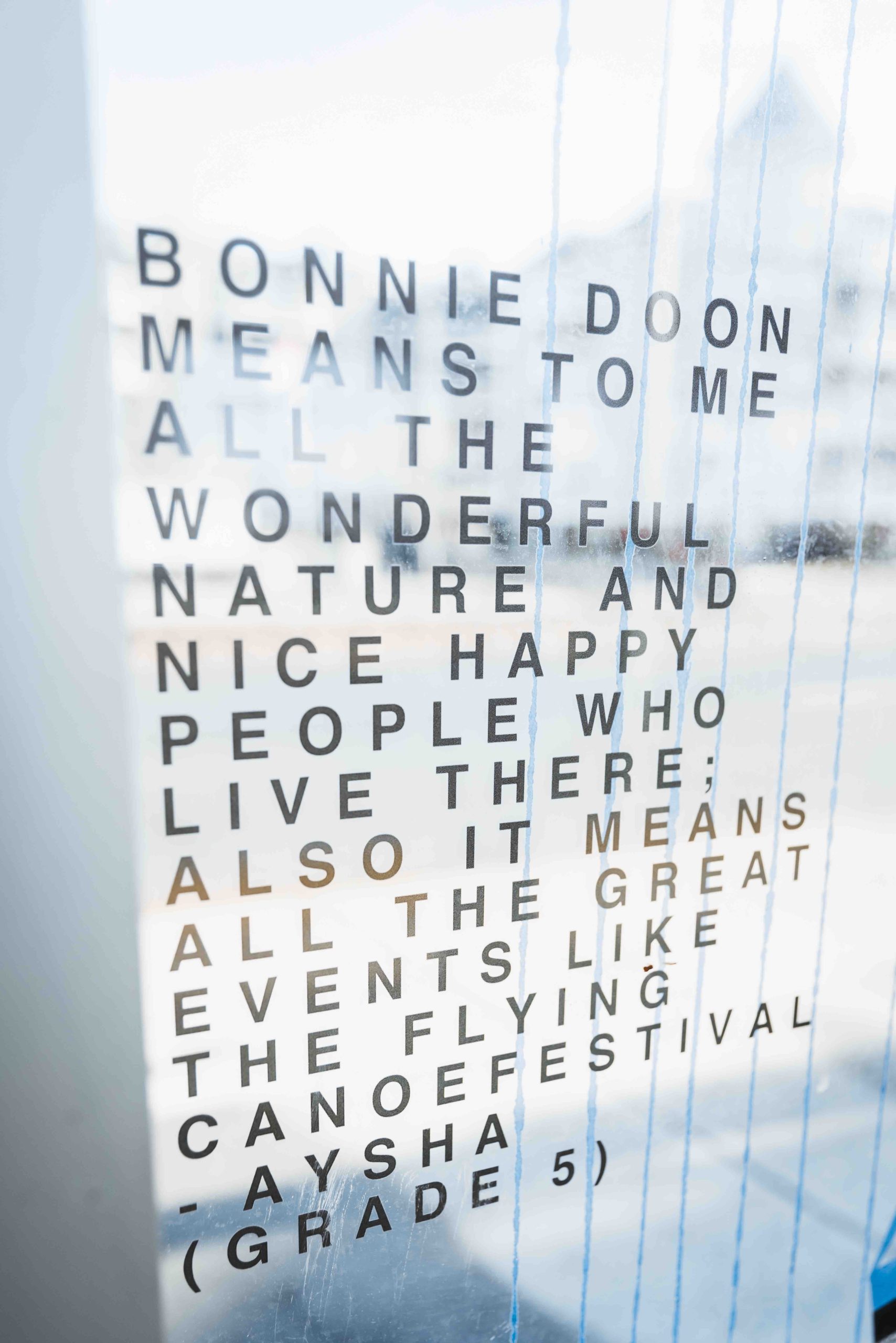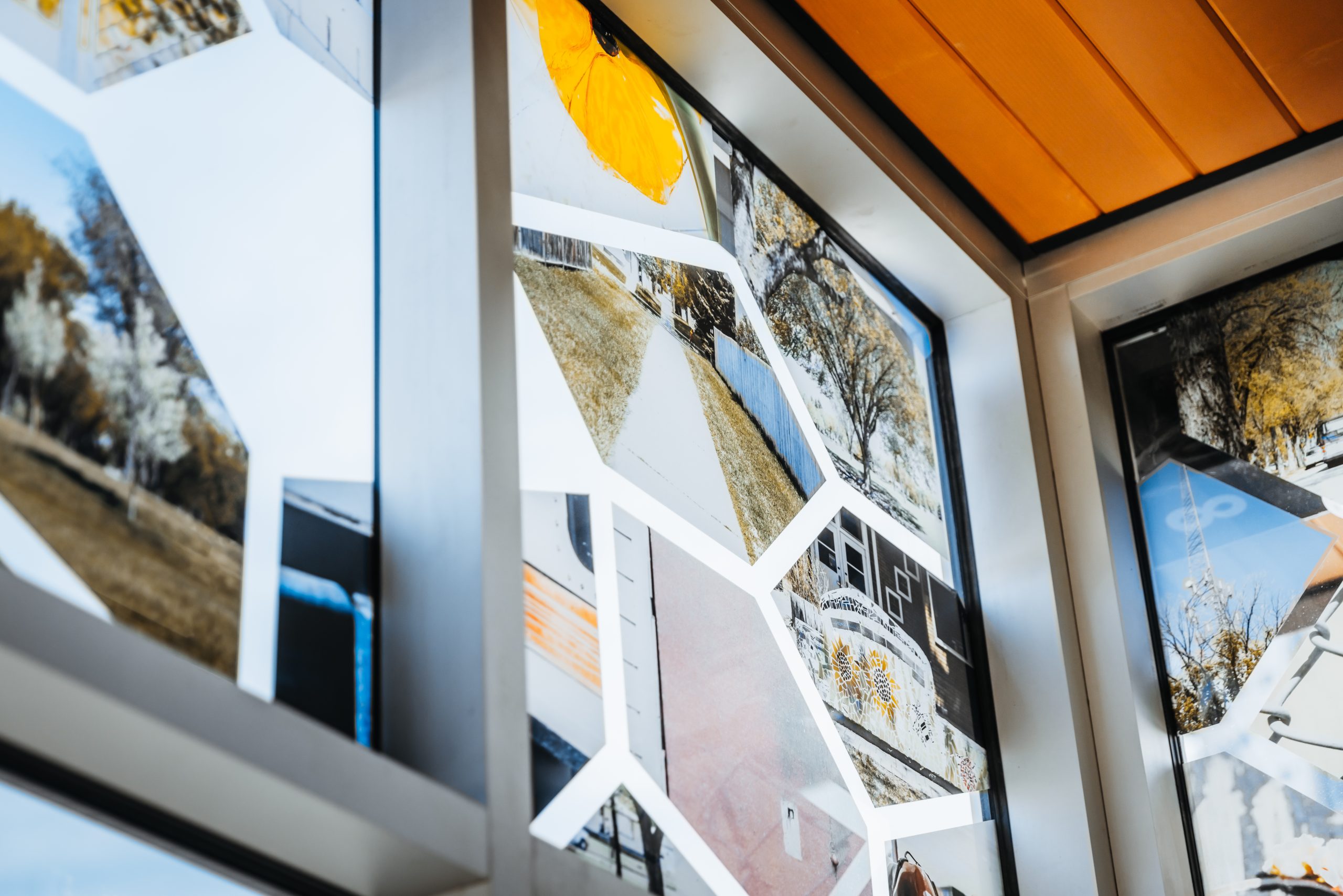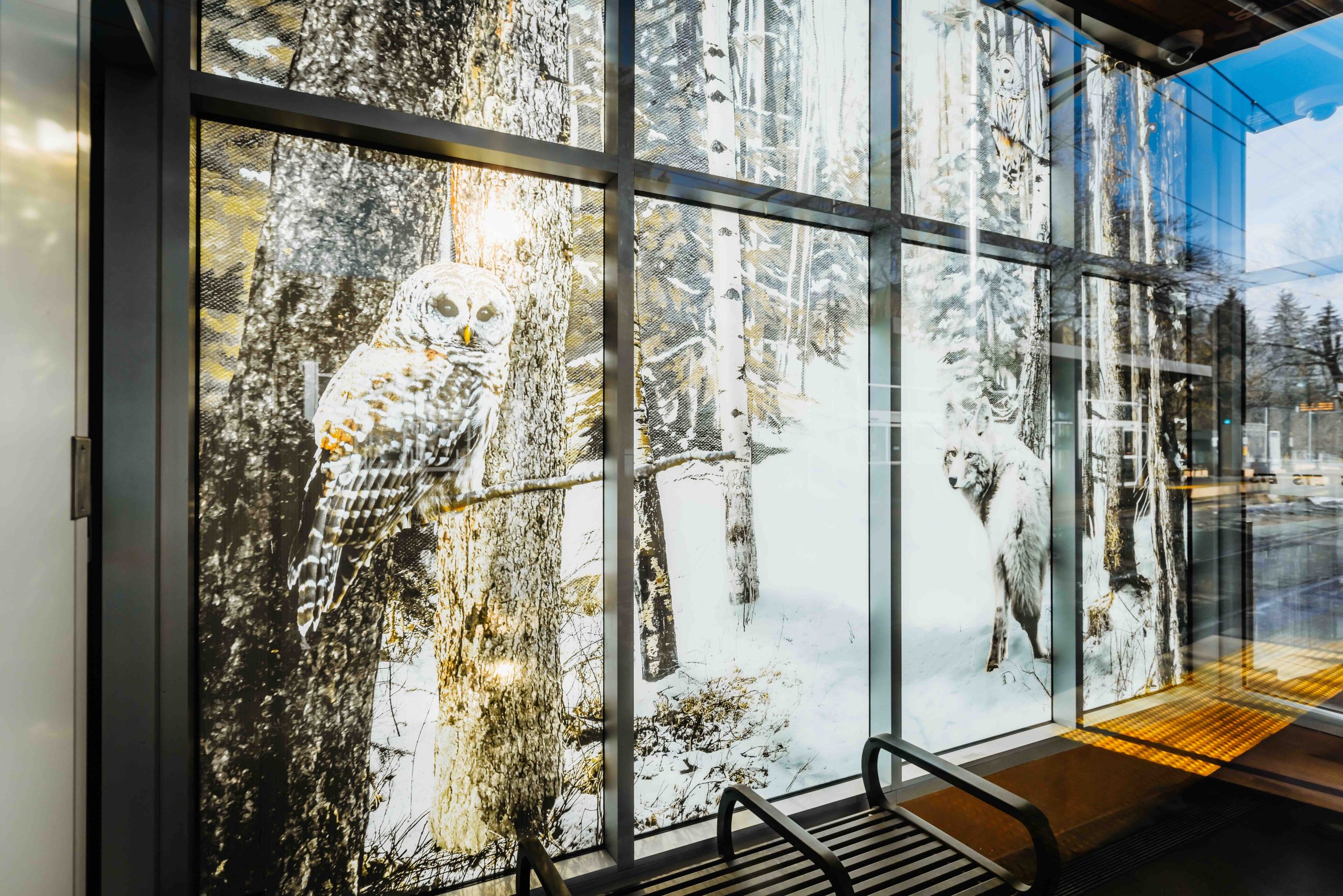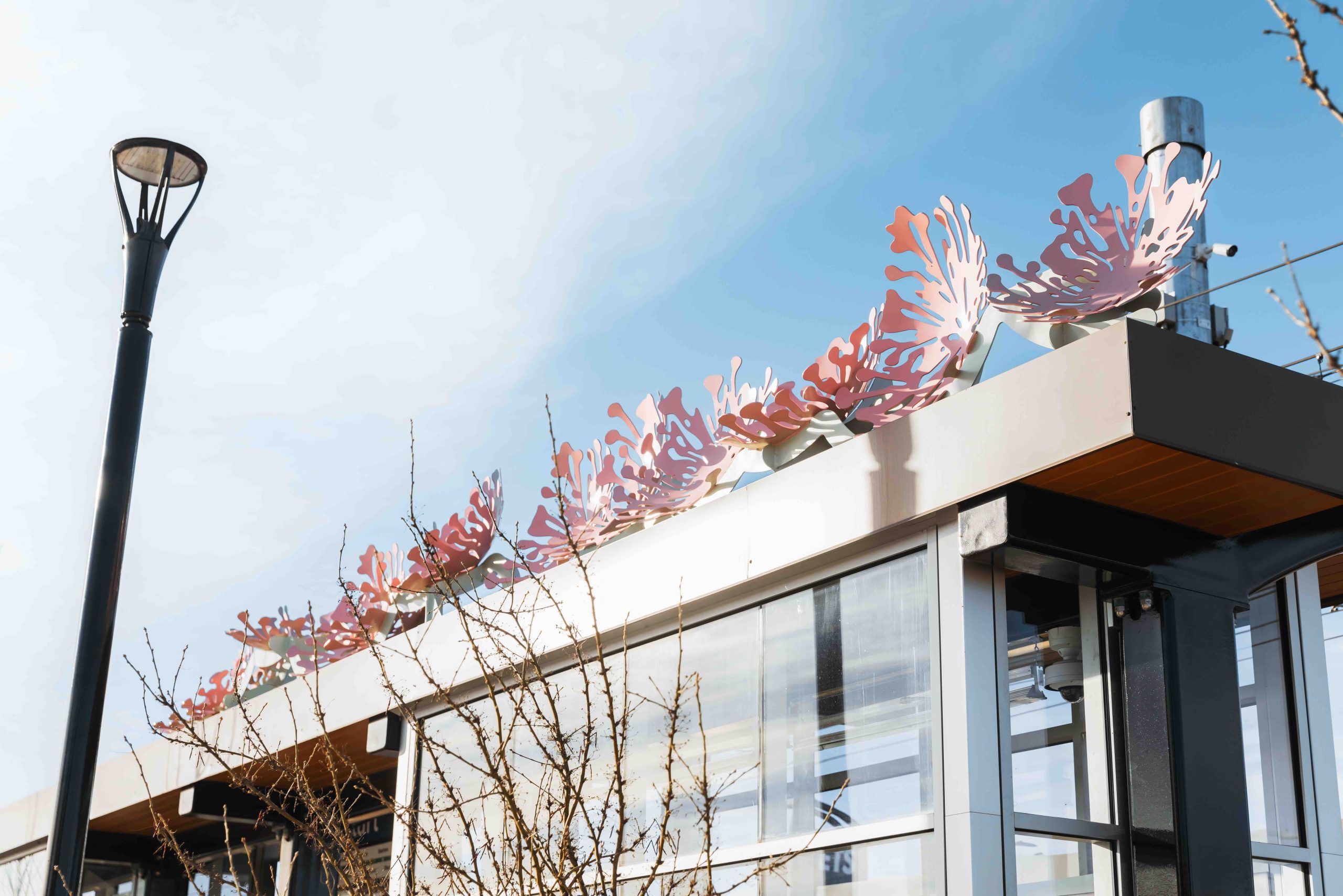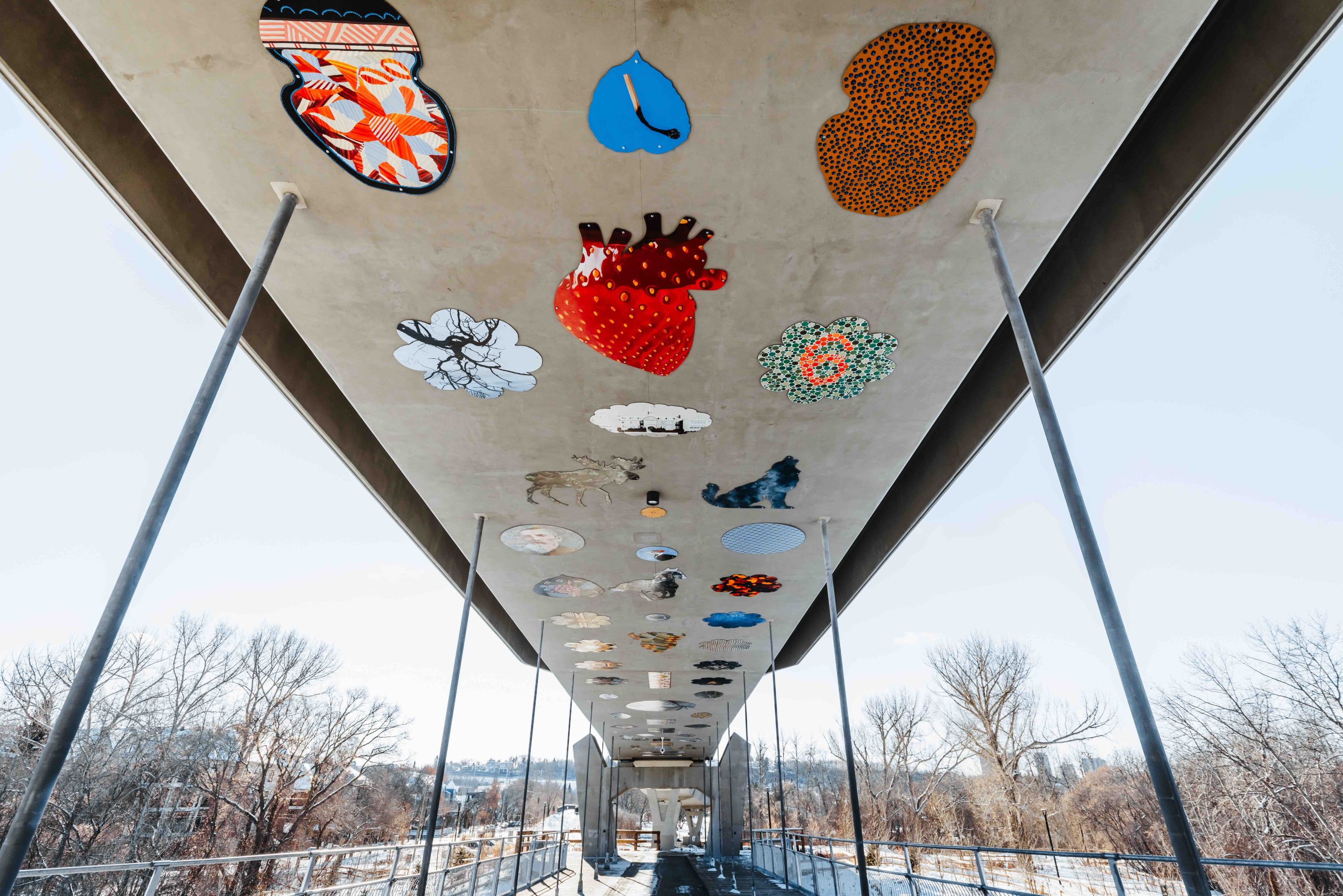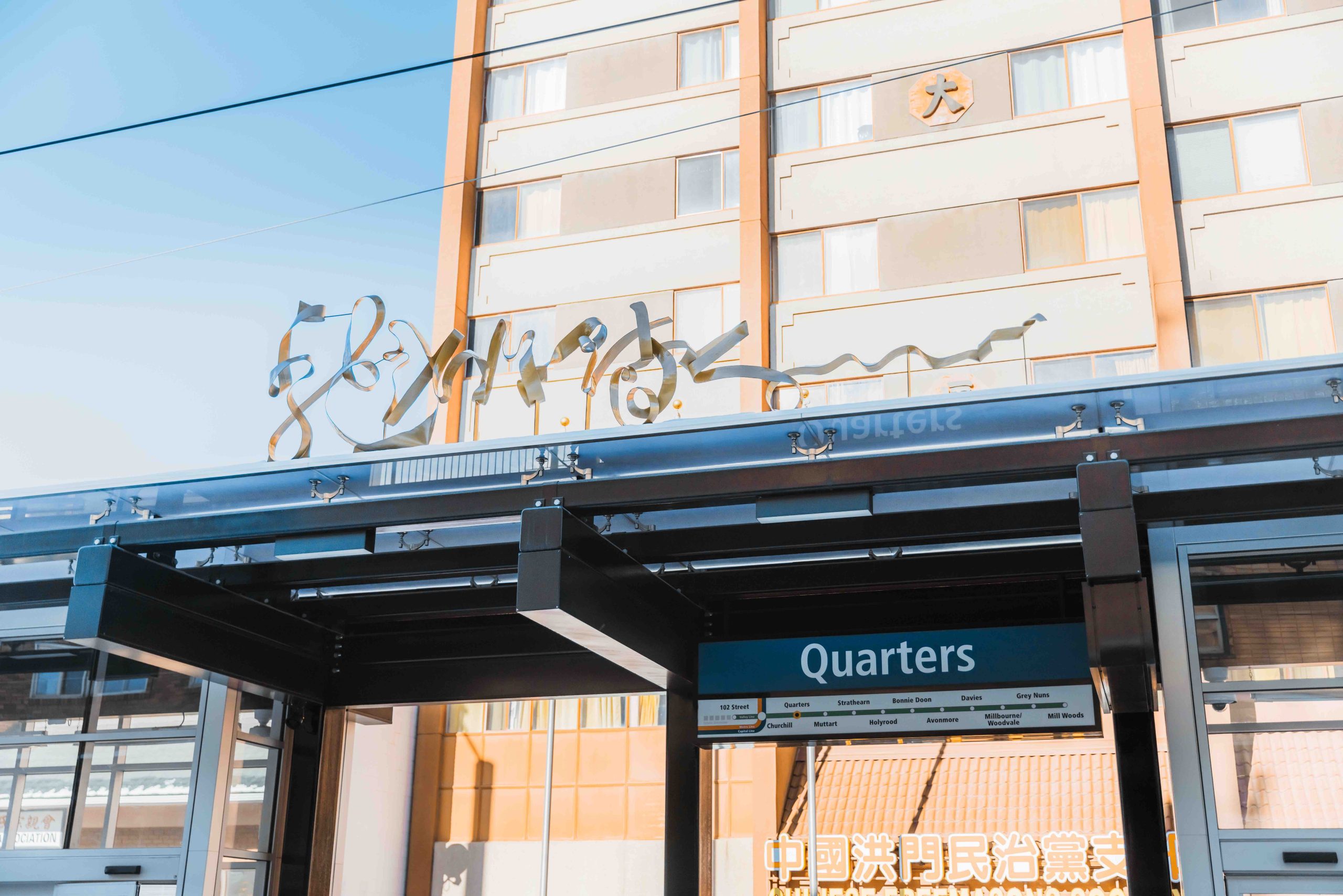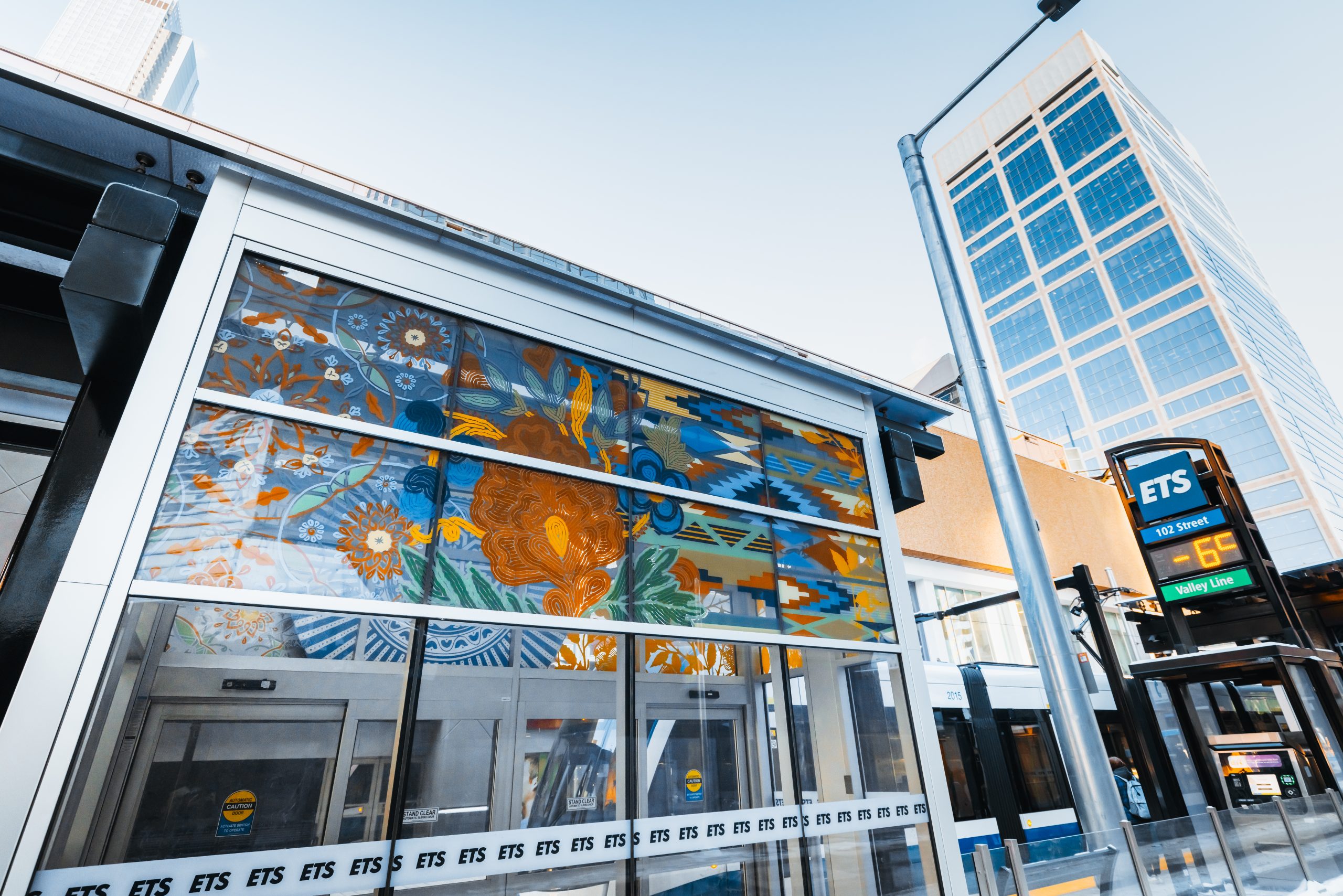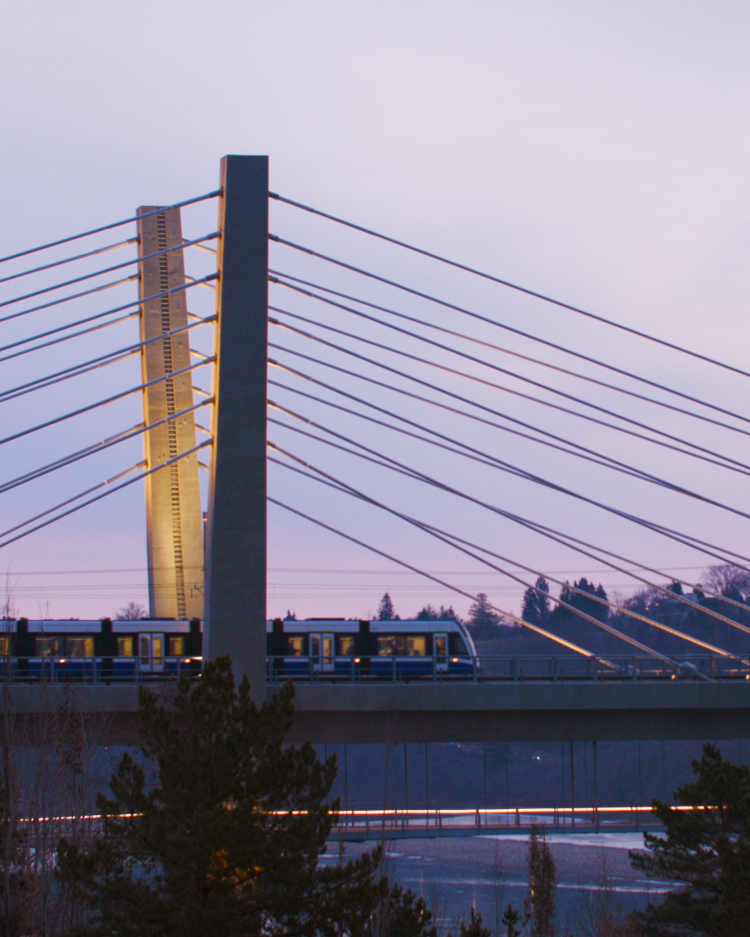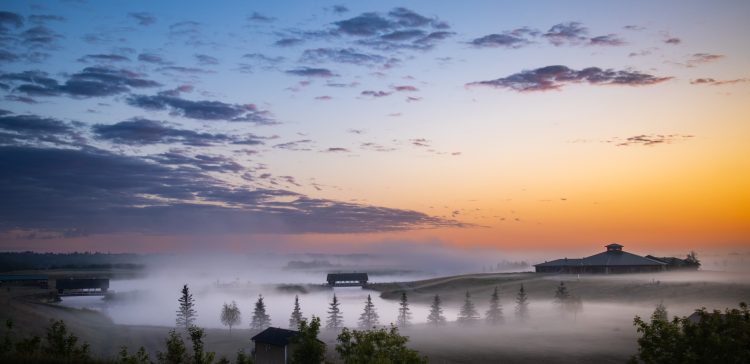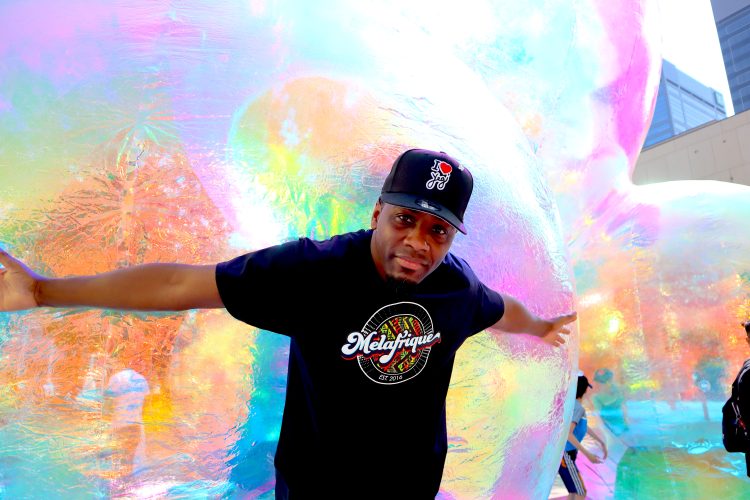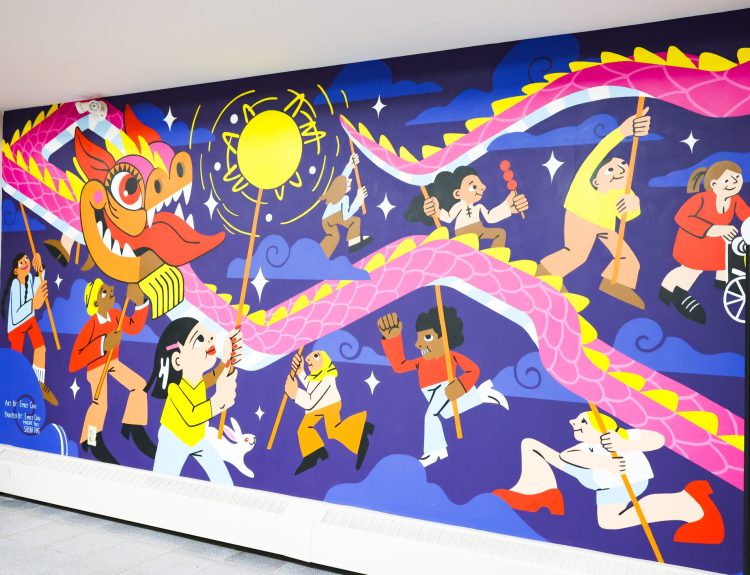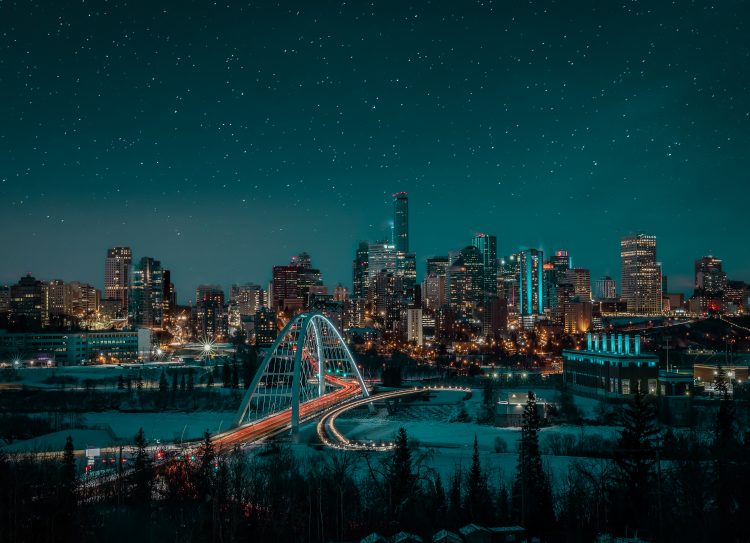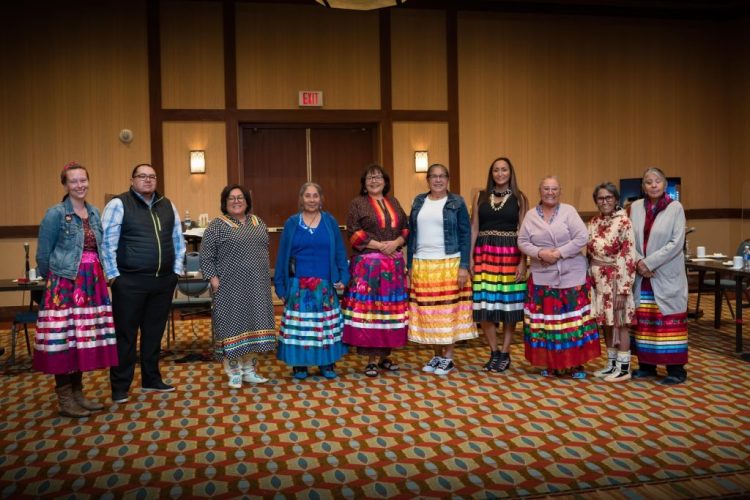A dragon, a cloud of horses, and mosaics inspired by Mill Creek Ravine are some of the sights you’ll see along the new Valley Line Southeast LRT.
As part of Edmonton’s Percent for Art policy, 14 public artworks were commissioned for the new line from Mill Woods to downtown Edmonton. (Art for the Millbourne/Woodvale Stop is still pending. Stay tuned!)
Public art weaves the threads of culture and creativity into the fabric of our cities, making the street a gallery and every passerby a patron. By supporting local artists, cities can foster a thriving artistic ecosystem and further enhance their cultural identity.
Here’s a closer look at the art along Valley Line Southeast:

